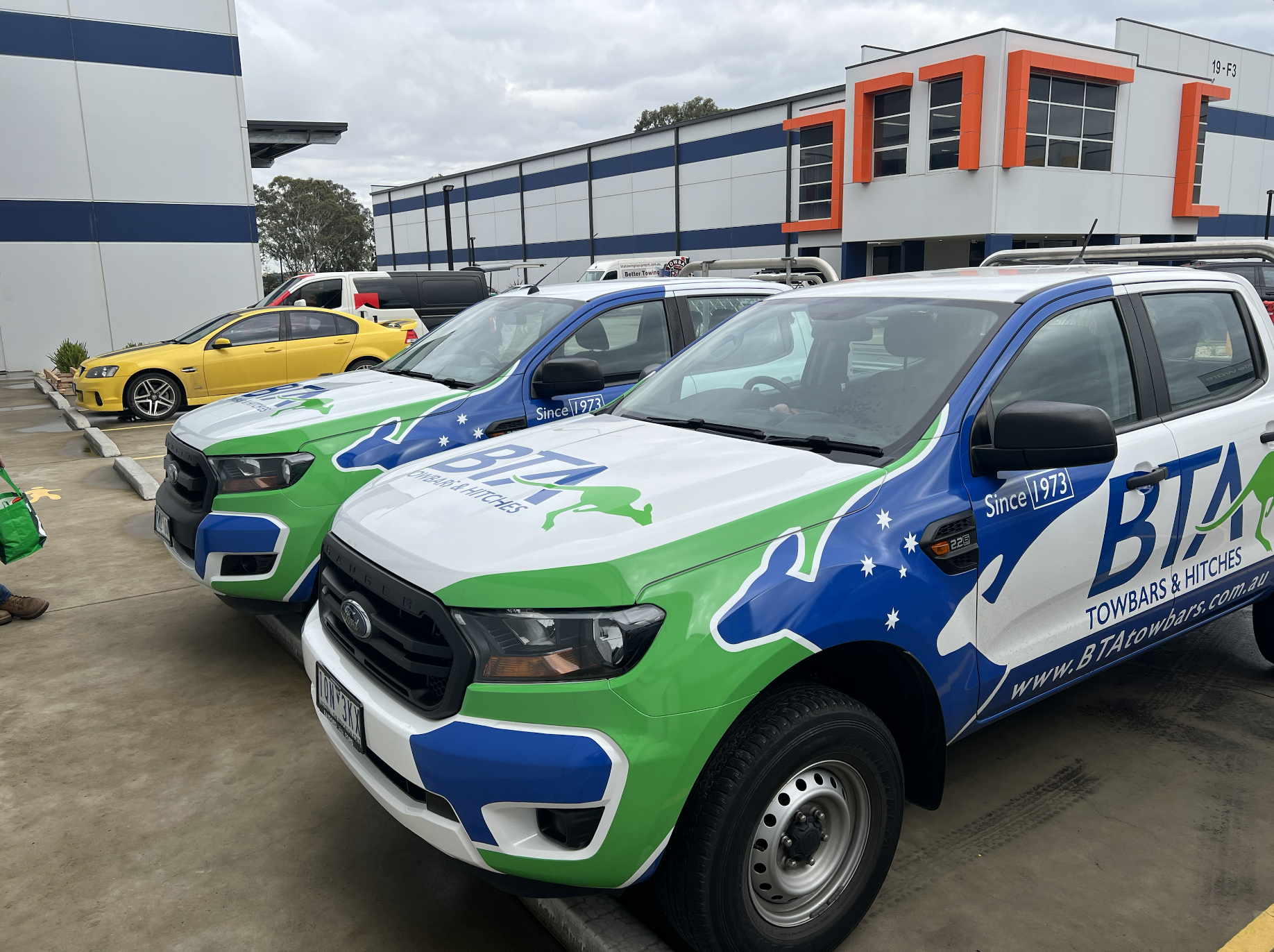FREQUENTLY ASKED QUESTIONS
-
Description text goes hereThe rattle results from tolerances in the steel tube used for the manufacture of towbar hitch receivers.
One option is the fitment of an anti-rattle bolt with the requirement to tighten when not towing & loosen when towing. This requirement is rarely followed resulting in mushrooming of the bolt & wear to the TBM tube. Over time the mushrooming makes the bolt increasingly difficult to tighten/loosen & typically results in the bolt head sheering off. In some cases, it may also prevent removal of the TBM. The rattle returns …
BTA Towing Equipment’s Anti Rattle Hitch Pin (Part Number – ARHP) which comes as standard on all of our Class 4 hitch towbars not only acts as a theft deterrent, it permanently eliminates that annoying rattle.
-Suits all standard 2 inch ( 50mm ) TBM’s manufactured from a hollow section tube.
-Quick & simple to install requiring only the multipurpose tool which is supplied as part of the kit.
-For vehicles that require extra pin length clearance use Part Number – ARHPL.
-Does not Fit Solid Towball Mounts / Hitch receivers with offset pin holes.
-
Extract from … ACCC Consumer Express – October 2002 – Page 2
… If the part is non-genuine, but is interchangeable with the genuine part, it could be seen as being fit or appropriate for the purpose and would therefore not void the manufacturer’s warranty …
Read complete ACCC article
-
he vehicle must be suitably equipped for towing the type and weight of trailer or caravan. This includes a suitably rated towbar and any other equipment or vehicle modifications specified by the vehicle manufacturer as mandatory eg. Transmission Oil Cooler or Weight Distribution Hitch.
National Towing Regulations require that the maximum towing capacity and maximum towball weight specified by the vehicle manufacturer must not be exceeded. If the vehicle is fitted with a lower rated towbar then this lower limit would apply genericforgreece.com.
Vehicle Manufacturer recommendations can be obtained from the vehicle owners manual or by contacting them directly.
All ‘BTA Towing Equipment’ towbars have a compliance plate detailing their rating in accordance with Australian Design Rules & Standards.
-
Towbars that have a bolt on tongue are typically considered light duty and are generally suitable for towing applications up to 1600KG.
A Hitch Receiver is required for heavy duty towing applications (Above 1600Kg’s) and to use Pintles, AirSafe™ or Weight Distribution Hitches.
-
If the backend of the tow vehicle sags, the maximum towball weight and any mandatory vehicle modifications specified by the vehicle manufacturer have been complied with and if it is not possible to redistribute the trailer load to reduce towball weight then a weight distribution hitch could provide the solution.
Weight Distribution Hitches evenly distribute weight over the entire length of the towing vehicle and trailer, resulting in a more level ride with improved control and stability.
BTA Towing Equipment has a comprehensive range of Weight Distribution Hitches and accessories to compliment your Towing requirements https://cz-lekarna.com/g…ky-imitrex/.
-
Any damage to the rear of the vehicle following a rear-end collision could result in damage to the towbar either through distortion due to twisting of the towbar mount points of the vehicle or overload stress resulting from direct impact.
We would generally recommend that you replace the towbar as part of the accident repair process.
-
BTA Towing Equipment manufactures towbars & hitches specifically for the purpose of towing.
We do not recommend the use nor do we warranty our products for use with bike carriers due to the torsional stress applied to the tongue by the bike carrier and suspended load exceeding design specifications.
-
Generally, provided the Vehicle Registration Plate is not obscured from the rear there is no requirement to remove either the towball or TBM when not towing.
If security is of concern, for convenience, Anti Rattle Hitch Pins or hitch pin locks are an alternative to removal of the hitch and storage within the vehicle after each use.
Couldn’t find the answer you were looking for?


